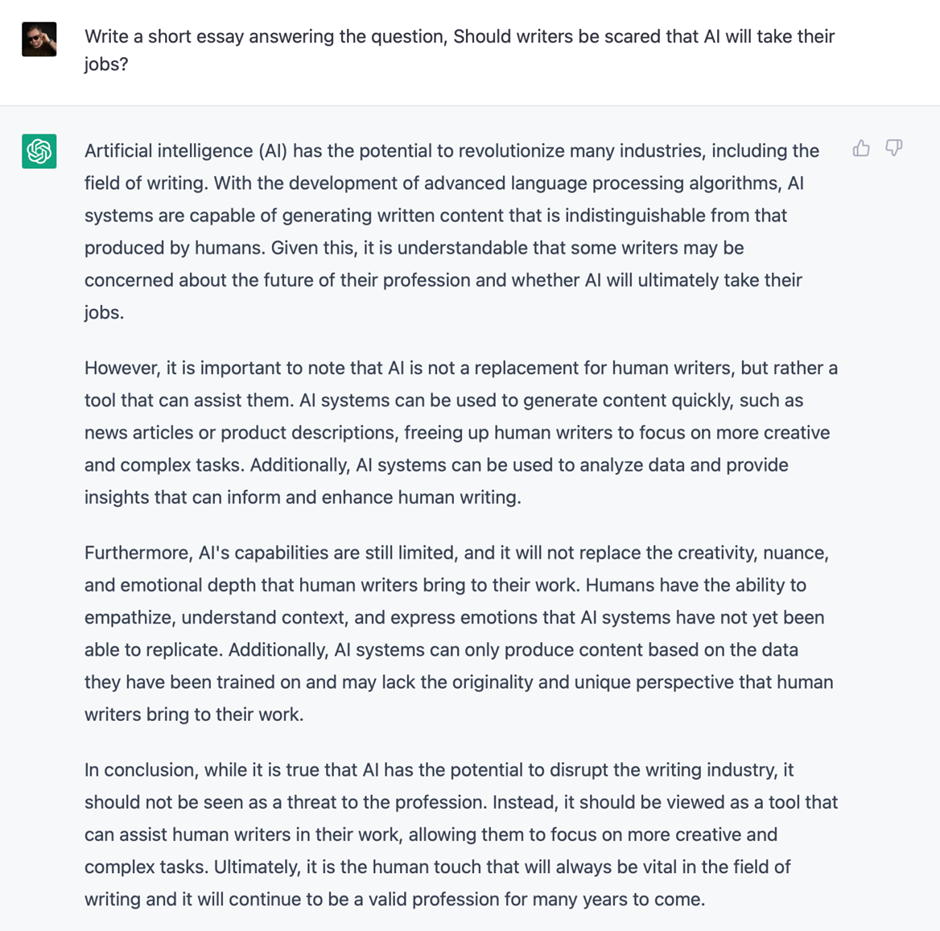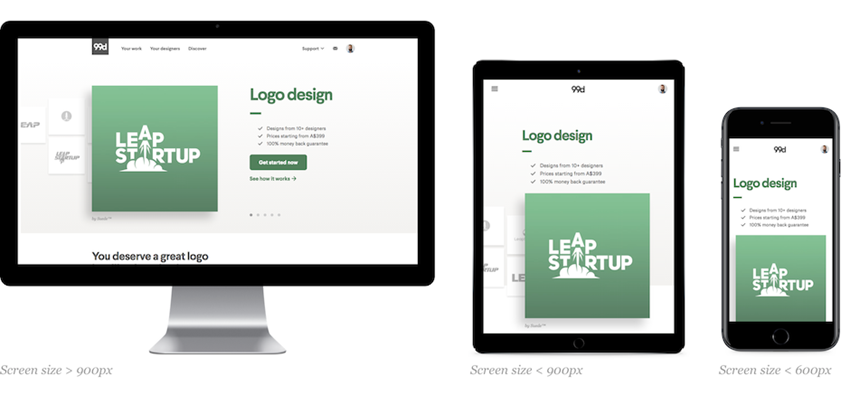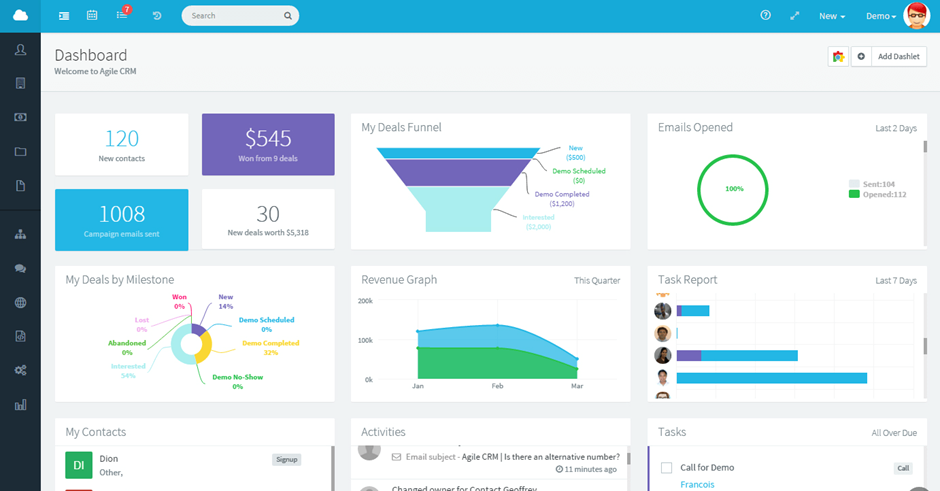
7 Ways to Leverage Popular Technology in Marketing
Last update: 16 January 2024 at 02:36 pm
The gradual integration of marketing and tech has changed the game for companies of all sizes in all industries. It has opened up exciting possibilities for brands and helped them overcome major challenges in connecting with consumers.
The existence of digital marketing as a major branch of marketing in and of itself is massive proof of the incredible importance of tech in marketing. Today, businesses are striving to incorporate marketing strategies that take advantage of digital platforms for planning, executing, and analysing online campaigns. Everybody wants to get their hands on cutting-edge marketing technologies (“martech”).
Technology in marketing is more than just a fancy tool. It has a significant impact on marketers’ strategies and thought processes.
In this article, we will talk about not only the various types of martech tools used today but also some fundamental concepts that are rooted in the best possible use of technology to support a brand’s marketing campaigns and harness its potential to the max.
Tools and technologies to assist your marketing team
1. The power of Artificial Intelligence (AI)
Artificial intelligence (AI) is a powerful tool for marketers, providing a variety of benefits that can enhance your marketing strategy.
One of the latest reports published by renowned marketing platform Mailchimp revealed that 88% of marketers want their organisations to increase AI adoption in order to give competitors a tough time and surpass customer expectations. The report is one of many proofs of how AI is transforming marketing dynamics.
AI-driven automation has enabled machines to perform intelligent tasks, such as learning, reasoning, and making decisions, the same way that human brains usually do.
For instance, AI can now be used for marketing content creation. AI can analyse customer language, tone, and feelings to create content that better resonates with customers.
Tools such as OpenAI’s ChatGPT or Google’s Bard can generate high-quality, relevant content based on your prompts, saving you time and resources while developing and implementing your marketing strategy. It can be used to write blogs, social media posts, emails – all sorts of marketing copy.
Similarly, you can input your text prompts into a tool like Midjourney or DALL·E to create images for websites and ads within seconds.
Another example is video content generation for email marketing. Many brands circulate AI-generated custom video content via email, leading to personalised customer experiences that elicit better responses.
Predictive analytics is an impressive application of AI, too. It helps marketers predict customer behaviour and preferences by analysing website, social media, CRM, and email data. You can then use AI to segment your target audience more effectively, develop a more effective pricing strategy, make better product recommendations, and thus boost overall conversion.
2. Visualisations with Augmented Reality (AR)
With virtual reality (VR) and augmented reality (AR), you can now seamlessly blend your marketing efforts with reality, creating immersive experiences with eye-catching visuals that leave a lasting impression on your customers.
This isn’t just about adding a bunch of superficial layers to the real world. It’s about transforming marketing approaches and creating dynamic and memorable brand experiences that resonate with customers on a deeper level than ever before.
For instance, customers can virtually place furniture pieces in their homes, visualising how they’ll look and feel in their living spaces. They can try on clothes, change their hair colour, experiment with new sunglasses, all in a hyperrealistic virtual space, to make better purchasing decisions.
These are fully personalised interactions with customers happening in real-time. This approach not only enhances the customer’s understanding of the product but also allows you to offer tailored recommendations, strengthening the customer-marketer relationship.
AR transforms content creation beyond in-store experiences. It can help you craft interactive ads and content that beautifully capture customers’s attention, leading to lasting relationships and boosting engagement, trust, and satisfaction.
3. Utilising websites to the fullest
Websites are your digital storefronts, showcasing your products or services and connecting you with customers anywhere in the world. But you need to delve deep into their design and content to truly unlock their potential.
Here are some key aspects of website optimisation.
- Niche marketing: Tailor your website to resonate with your specific target audience’s specific needs and interests, building a loyal following and standing out from the crowd in the process.
- Local strategies: Your customers aren’t just numbers; they’re individuals with local connections and identities. Adapt your website to their culture, language, and search behaviours. Show them you understand their world so you can win their trust and satisfaction.
- Multilingual websites: If you offer your services in more than one country or region, you can break down language barriers and expand your reach by offering your site in multiple languages. It is one of the many contextual elements that facilitate localisation for better resonation and targeting. You can then attract and retain customers worldwide.
- Responsive design: Customers today use a variety of devices, from smartphones to desktops. Make sure your website adapts seamlessly to each screen size, providing a consistent and optimal viewing experience. It will help keep them engaged and ensure they don’t abandon transactions midway.
- Search engine optimisation (SEO): You need to get your website noticed by search engines like Google so you can reach the widest audience possible. Some key SEO strategies include publishing content rich in relevant keywords, optimising page titles and descriptions, and link-building. Good SEO can drive organic traffic, boost brand awareness, and reduce your marketing costs (super important for small businesses).
These elements work together to transform your website from a generic online shop into a powerful marketing tool that boosts your online presence.
4. Going mobile with apps
There used to be a time when mobile apps were a luxury or a nice-to-have, but that is not the case anymore. Adopting a mobile-first approach in digital marketing is non-negotiable in this age.
A mobile app is not supposed to be a replacement for your website but a supplement. It will help bring your brand, products, and services right to the devices that your customers use and like the most, maximising your reach.
And it’s not just about reaching a larger audience but also forming subtle yet strong connections. With a mobile app, you’ll get a direct line to their pockets (literally!), keeping them engaged and informed at all times. Push notifications, for instance, let you communicate directly with your customers by sending relevant updates, reminders, or special offers.
Mobile apps help create interactive experiences that capture attention, leave a lasting impression, boost engagement, drive conversion, and foster brand loyalty.
5. Build connections with CRM tools
Fostering strong digital relationships with customers is pivotal to achieving success with your business. And for that, you need CRM (Customer Relationship Management) software.
CRM tools go beyond marketing campaign creation and management. They offer valuable insights into customer behaviour by constantly monitoring customer interactions and analysing data from various sources throughout the customer life cycle.
With the right CRM tool, you can gather crucial data, such as customers’ general behaviour or their responses to certain campaigns, and gain important insights to make better marketing decisions. You can find out exactly what each customer wants and deliver personalised campaigns according to their unique expectations.
An important feature of CRM software is AI-powered chatbots, which allow marketing departments to swiftly address queries, gather feedback, and provide support. These automated messaging bots can dramatically improve the quality of your customer service by providing round-the-clock assistance and maximising your brand’s availability.
6. SEO tools in digital marketing
In a previous section, we talked about optimising your website to deliver a pleasurable experience to your customers. But how will your customers reach your website in the first place?
Google wants to make sure that every search that a user runs yields the desired results. For that reason, you need search engine optimisation, i.e., SEO.
The main goal of SEO is to improve your website’s visibility in search engine results. You need to prove to search engines that your website is relevant to customers and can provide what they are looking for.
Keyword optimisation is one popular technique that helps. Here’s a simplistic example.
Let’s say your website sells hiking shoes. You might want to incorporate terms like “affordable hiking shoes” or “best shoes for hiking” into your website’s content. This way, when a customer searches for “best shoes for hiking,” for example, search engines will know that your website is where the user could get hiking shoes, so they will boost your website and present it to the user.
Other key SEO activities include competitor analysis, content creation, link building, and rank tracking. And there’s a tool for everything.
For instance, if you want to produce high-quality SEO content, AI-powered content marketing tools like Surfer SEO and Semrush Writing Assistant can be a massive help. To make sure your WordPress website pages are well-optimised, you can simply use the Yoast plugin. Other tools such as Ahrefs, Google Analytics, and Moz can help with keyword research, competitor analysis, and performance tracking.
7. Social media’s unlimited potential
Social media is an essential ingredient to your everyday marketing mix. Through social media platforms, you can build both personal and transactional relationships with your customer base.
Creating a welcoming and engaging space on social media will attract customers and help them build a strong bond with your brand. With each like, tweet, comment, share, and direct message, you build a community.
Managing your social media accounts and presence can be overwhelming, but tools like Hootsuite and Buffer can help. These technology in marketing tools streamline all your social media activities, including creating, scheduling, posting, monitoring and analysing all your SMM campaigns.
One key element of modern SMM is influencers. Then there are social media ads, which serve as digital billboards targeting super-specific audiences. Additionally, social commerce enables direct product sales from social media platforms for a seamless purchasing experience.
Case studies: Modern marketing technology in action
Liikluslab
Liikluslab is an Estonian EdTech company offering e-learning for local driving school students and preparation for both theory and driving tests. You may ask how you can prepare for a driving test online. Liikluslab created virtual driving tests. This service doesn’t use true VR that requires a special headset, so it can be used on any device and it still allows students to test their skills in real road conditions for a small fraction of a driving lesson’s price.
Liikluslab also used modern technologies for the theory test preparation. They use AI to predict a candidate’s chances of success in the actual test based on their performance in practice exercises for the driving theory test. Their AI-powered technology also identifies areas where candidates are most likely to make mistakes, tailoring their practice test questions accordingly.
Focused on a specific audience, Liikluslab operates a trilingual website (it is in English, Estonian and Russian) targeting its primary market, i.e., drivers in Estonia.
They also make good use of their socialpresence to promote their USP. Across their website and social media profiles, they reiterate the fact that they prepared questions for the state theory test. They also administer a popular Facebook group where they advise driving school students.
On top of that, Liikluslab offers an Android app on the Google Play Store for even greater accessibility and social proof, as it has a trustworthy rating.
This is a great example of effective and diverse technology integration in marketing. The multilingual website and app cater to their niche market, providing convenience and accessibility. Their social media profiles serve as a platform to demonstrate their credibility and attract new customers.
IKEA
IKEA, the furniture giant we all know and love, has taken furniture shopping to the next level with the help of augmented reality (AR) technology.
IKEA made seeing that new couch or bookshelf in your living room an actual thing. It was one of the first companies to adopt AR back in 2013, with the launch of Catalogue. This app was a game-changer, allowing customers to scan the pages of the IKEA catalogue and see the products come to life in 3D on their screens. But that’s not all! Customers could also virtually place these items in their own rooms to see how they fit and looked with their existing décor.
The tech was a bit janky at the time, though. In 2016, it launched its first VR app called IKEA VR Experience. A year later, they brought their Catalogue to life on a much larger scale through the IKEA Place app. It has grown from a mere 90 items to several thousands of items now.
IKEA’s adoption of AR technology as part of its marketing technology stack cements its status as a leader in the furniture and accessories industry.
Are you looking for a |
Discover the most relevant agencies for your project based on your own specific requirements.
Find an agency!Conclusion
The success stories of Liikluslab and IKEA exhibit the extent of the impact of technology in marketing. If you’re looking to make your mark in the digital landscape, incorporate the seven strategies we’ve discussed into your marketing mix. The right combination of AI, AR, website optimisation, and mobile-friendliness can help you unlock the full potential of digital marketing.








